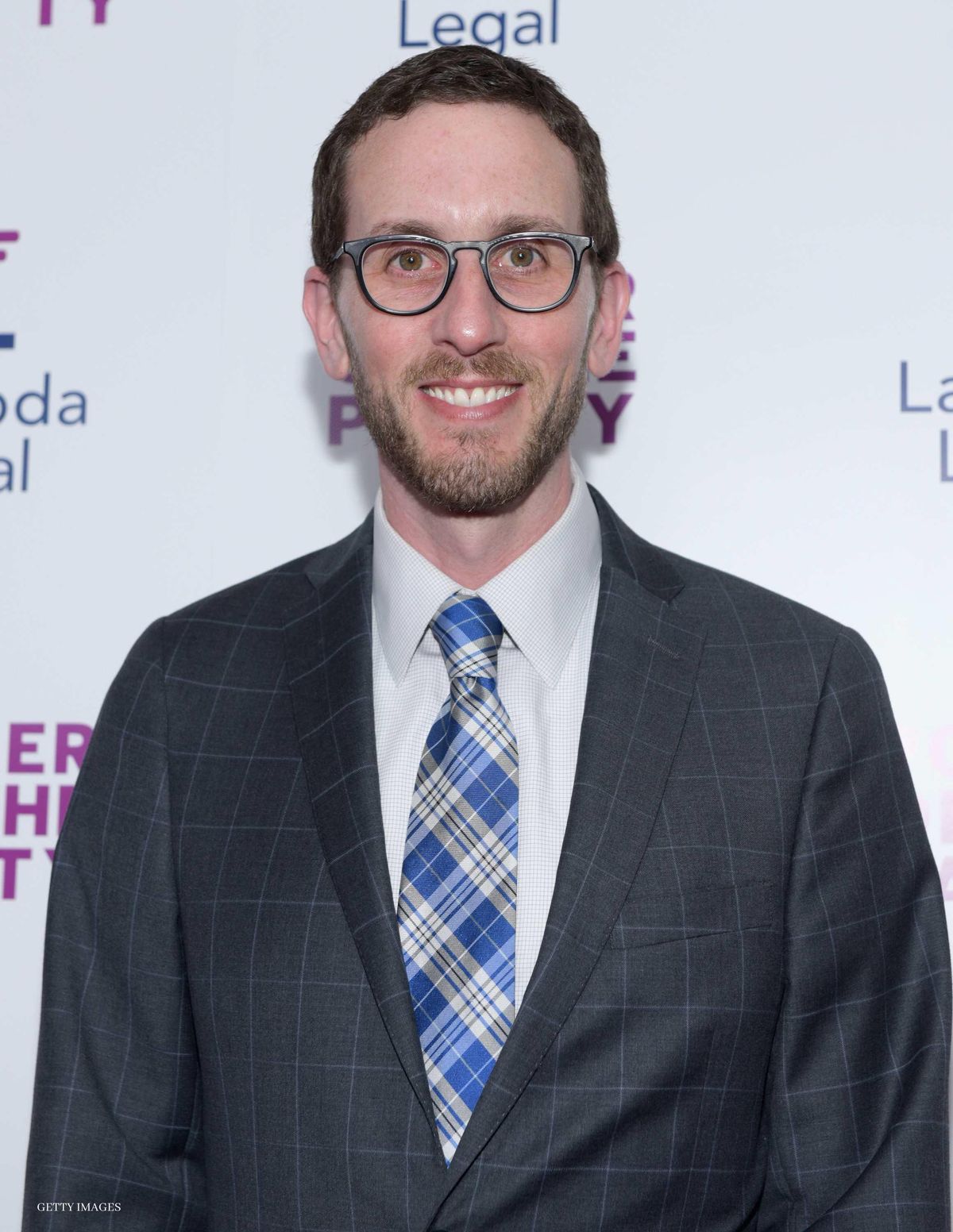Politics
California Senator Launches Bold Plan to End HIV, STIs

A proposed bill spearheaded by out politician Scott Wiener could serve as a blueprint for the nation.
David Artavia
January 16 2020 12:50 PM EST
May 26 2023 3:26 PM EST
By continuing to use our site, you agree to our Private Policy and Terms of Use.

A proposed bill spearheaded by out politician Scott Wiener could serve as a blueprint for the nation.
California state Sen. Scott Wiener is introducing a new legislation today requiring the state's health agency to develop and implement a statewide plan on fighting HIV, hep C, and other sexually transmitted infections.
The legislation, SB 859, will require the secretary of California Health and Human Services and the chief of the Office of AIDS to work with agencies across the state to set attainable targets for ending STIs. Of course, that includes identifying recommended programs, policies, strategies, and funding for achieving these goals.
Furthermore, the bill -- which is sponsored by San Francisco AIDS Foundation, APLA Health, and Essential Access Health -- will require the HHS and OA to build a Stakeholder Advisory Committee to help facilitate their efforts. Both agencies will need to submit a report to Gov. Gavin Newsom and the state legislature by October 1. They will also be instructed to provide annual updates through 2030.
If the bill is passed, California will be the first state in the nation to develop a comprehensive strategy to address the rates of HIV, hep C, and STIs.
The state of California, particularly, is seeing its highest levels of new STI diagnoses in the past 30 years. According to the Department of Public Health, gay and bisexual men, people between 15 to 24, and African-Americans remain the most at-risk groups across all regions.
The latest data outlines a visible discrepancy when it comes to people of color. According to research from Wiener's office, while new HIV diagnoses declined nearly 13 percent among white people in California between 2013 and 2017, during that same time frame, African-Americans only saw a 2 percent dip while Latinos saw a nearly 4 percent increase.
The decreasing numbers in recent years can largely be credited to wider use of PrEP, an HIV prevention strategy that when practiced routinely makes it virtually impossible to contract the virus, as well as an increased effort to educate people that undetectable equals untransmittable (U=U), a global consensus proclaiming that when a person living with HIV is on meds and is virally suppressed, it's impossible to transmit HIV.
Access to proper health care (including testing facilities, PrEP navigators, and affordable treatment) are intersectional problems that continue to burden lower-income people in the state, especially those who live in rural areas.
Socio-economic barriers like unstable housing, rising costs, poverty, stigma, and a lack of education have made communities vulnerable to being left untreated. In many cases, people are unaware that they've contracted an STI at all, which leaves their future sexual partners vulnerable.
These barriers, Wiener hopes, will be greatly reduced with the passing of the legislation.
"We know exactly how to end new HIV and STI infections, epidemics that disproportionately impact marginalized communities," Wiener tells The Advocate. "We simply need strong political will to make it happen. This legislation will create that political will, by pushing California to craft a plan and invest the resources needed to end the epidemics of HIV, hep C, and other STIs. A combination of testing, prevention, and care will help us dramatically decrease new infections."
The legislation follows on the heels of other successful efforts -- both statewide and federal -- to end HIV.
In 2014, New York Gov. Andrew Cuomo launched a statewide initiative to end HIV by committing more than $20 million annually to implement new strategies. Since Cuomo's initiative, New York state has decreased new HIV rates by 40 percent.
Last December, New York City became the first city in the country to reach UNAIDS's 90-90-90 goal (whereby 90 percent of people living with HIV know their status, 90 percent of those who know they are positive are on treatment, and 90 percent of those on treatment are undetectable).
Federally, the Centers for Disease Control and Prevention's initiative "Ending the HIV Epidemic: A Plan for America" continues to target at-risk regions across the nation with a goal of ending HIV by 2030.
Wiener predicts that the policy will provide a strategic roadmap for a more nuanced plan that will leverage proper access to health care for those who need it most.
"California has been a leader in the fight against HIV and STIs," states Wiener. "Once again, we need to take up the mantle of this important cause and end the epidemic once and for all."